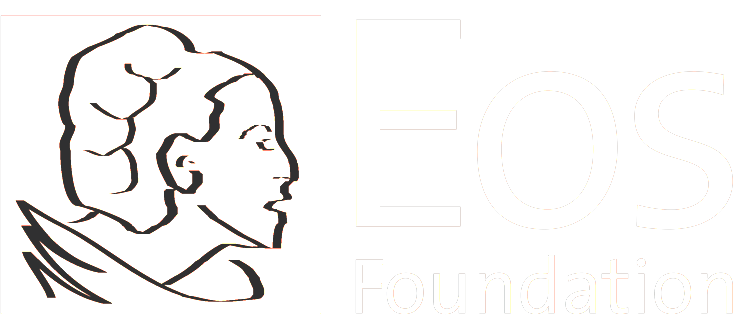Our Mission
The Women’s Power Gap (WPG) Initiative was created by the Eos Foundation in 2018 to dramatically increase the number of women from diverse backgrounds among CEO and C-suite leaders nationally. We conduct and commission actionable research on prominent sectors of the economy and measure the extent of the power and wage gaps at the company or institutional level to highlight those making fast progress and those falling behind. Each report is accompanied by a public dialogue and community conversation highlighting the issue and offering practices and policies to increase representation and inclusion.
WHY GENDER PARITY?
Diversity is good for consumers and businesses; it leads to better decision making in all organizations. Studies have found that corporations with diverse boards and management teams are more profitable and better governed. To anticipate both challenges and opportunities on the horizon in a fast-changing world, all organizations need a diverse team offering a variety of perspectives.
We are often asked by thoughtful people if gender parity truly matters in our leaders. “Don’t we just want the most qualified candidate for the job? Can’t a man do a good job of listening to the needs of women” they ask? The answer is “yes, but.” At the organizational level, a male CEO can do a good job of representing the needs of women, but he would need a balanced team around him (chair of the board, senior leadership) to catch his blind spots. Furthermore, when we look at the higher level, across organizations, society needs collective diversity of leadership. It is never enough to have just one group control so much power, influence, and wealth.
Our Story
The idea for the Women’s Power Gap Initiative started in 2018 when the Eos foundation looked at the number of women presidents at Massachusetts state universities compared to 10 years ago.
The result: a surprising backslide.
In 2008, 4 of 9 (44%) state universities counted women presidents. In 2020, there were none (0%). Why? Is this a blip at our state universities or part of a larger trend? What is the status of women leadership across positions of power and influence among institutions of higher education in Massachusetts?
To answer these questions, we partnered with UMass Boston’s Center for Women in Politics and Public Policy to collect data and advance our research and analysis of the women’s power gap in Massachusetts’ higher education sector. The end result was the “Women’s Power Gap in Massachusetts Higher Education: Study and Rankings” released in September 2018, when the Women’s Power Gap Initiative launched.
Subsequent reports on prominent sectors of the Massachusetts economy followed. In February 2021, we released our first national report, The Power Gap Among Top Earners at America’s Elite Universities, followed by The Women’s Power Gap at Elite Universities: Scaling the Ivory Tower, released in January 2022.
Our Team
The Women’s Power Gap Initiative is sponsored by Eos Foundation.
FAQ
We need to expand the pool of candidates. We know there are more women than men graduating from college than ever before, often applying to jobs with the same qualifications as their male counterparts. Lack of qualified women is no longer an excuse.
This simply, is not true! Men still dominate top leadership positions across most sectors. According to PEW RESEARCH, women make up roughly 5 percent of Fortune 500 CEOs and only 20 percent of Fortune 500 board members. In Massachusetts, THE AVERAGE WOMAN MAKES ONLY 82 CENTS for every dollar earned by a white, non-Hispanic male counterpart. It is 2018 and time for #GenderParityNow.
That’s great; we’re a fan of daughters too! Help support their future careers and earning potential by advocating for and supporting women leaders in your organizations. These are the women your daughters will look up to.
Being a good guy has nothing to do with supporting female leaders in our organizations. There is a difference between saying you support women and taking actionable and visible steps in your organization and community.
People tend to hire people that are like them, and source candidates from contacts that are also like them. If people in a position to hire or promote don’t intentionally source diverse candidates, the status quo will never change. Recruiters must be held accountable for ensuring a diverse, qualified pool of candidates is available. Decision-makers need to be willing to hire a qualified person they don’t know.


